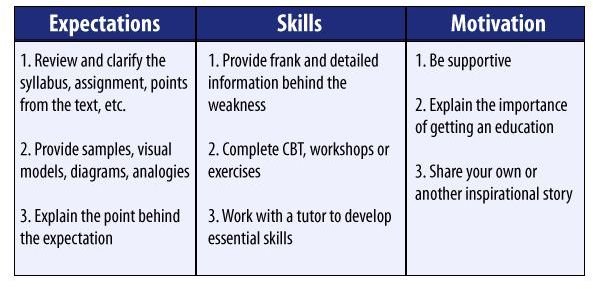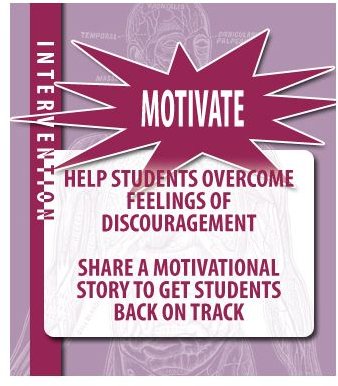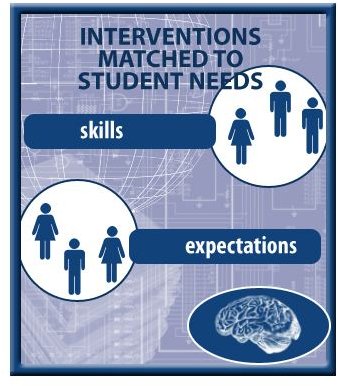Providing Online Interventions for Struggling Students to Improve Performance
Interventions for Struggling Students in the Online College
While I was serving in the Coast Guard, my vessel was contacted for assistance by a nearby fisherman. Upon reaching his location we brought the fisherman aboard our vessel and began treating the dozens of deep lacerations caused by a small shark he had hooked and brought aboard his ship. With all of the aid that a Coast Guard vessel is capable of providing, we knew upon arriving at the situation exactly what needed to be done. We did not begin towing his vessel or throw him a life vest. Those are useful forms of assistance, but the circumstances called for first aid.
In the distance learning classroom, the instructor functions much like a rescue service. When students are in trouble, the instructor is responsible for providing aid. There are many different types of help that online instructors can provide, but unlike the story of the fisherman, it is not always clear what needs to be done. Therefore instructors must be as good at assessing the situation as they are at providing aid. The previous article in this two part series addressed the problem categories:
- Expectations
- Skills
- Motivations
- Aptitude
Matching the Intervention to the Student
Matching interventions for struggling students with the specific needs of a distance learner is the backbone of this approach. Rather than using a one-size-fits-all approach, this system acknowledges that students fail for a number of reasons and dovetails solutions with problems. For example, the student struggling to understand assignments described in the syllabus doesn’t gain much from a motivational speech. What that student needs is clarification, examples, or other types of support.
Helping Online Students Use Available Resources
Matching online students with the help they need is done by identifying the category of problem and recognizing that it has a specific group of solutions. To clarify this I have built a table with the categories and intervention types. Click the table to see a full view of it. Some of the interventions that are used to resolve problems with Expectations or Skills are available from the school itself while others may be accessible on the internet.

Support and Motivate

An intervention that online instructors can use to address motivation issues is readily available and familiar to each instructor – the instructor’s own story. Many times distance learning students perform poorly and begin to feel pessimistic about their ability. They have a hard time visualizing their goal and need inspiration. An inspirational story combined with a little flexibility on the part of an instructor can change the life of a student forever. Compliment the student on his or her choice to attend school and remind them of the importance of an education. These steps help motivate and energize the student.
Provide Materials
Sometimes a student needs to improve a core ability that he or she should have possessed before getting into your online class. Depending on the weakness of that ability, an instructor may recommend a tutor or provide materials designed specifically for the student. Over my career I have built a library of such resources which include templates, examples and exercises that can be provided to students. Creating such materials is time consuming and instructors must often weigh the benefits of the exercise with the return they expect the student to receive. It can be a hard choice, but in some cases it is the only solution that will meet the needs of important interventions for struggling student.
The Effort of an Instructor Can Make All the Difference
Online environments are unique because in most situations classes are smaller than those of brick and mortar schools. With a smaller class size comes a change in the dynamics of the class, and one such change is a more customized approach for students. This does not always mean that instructors can reach every student, but it often means that we have a fighting chance with most students. The choices that instructors make to provide resources and intervene specifically to help a student reach an immensely important and valuable goal is a function of the unique nature of online learning. In order to make this work, it is essential to make a change not only in identifying struggling students but in providing the appropriate intervention.
